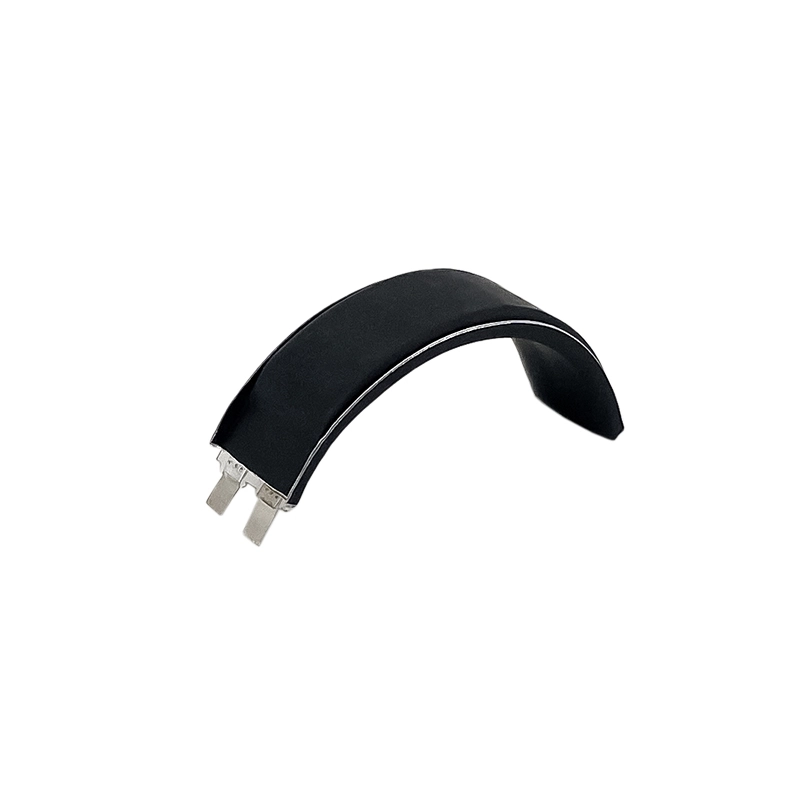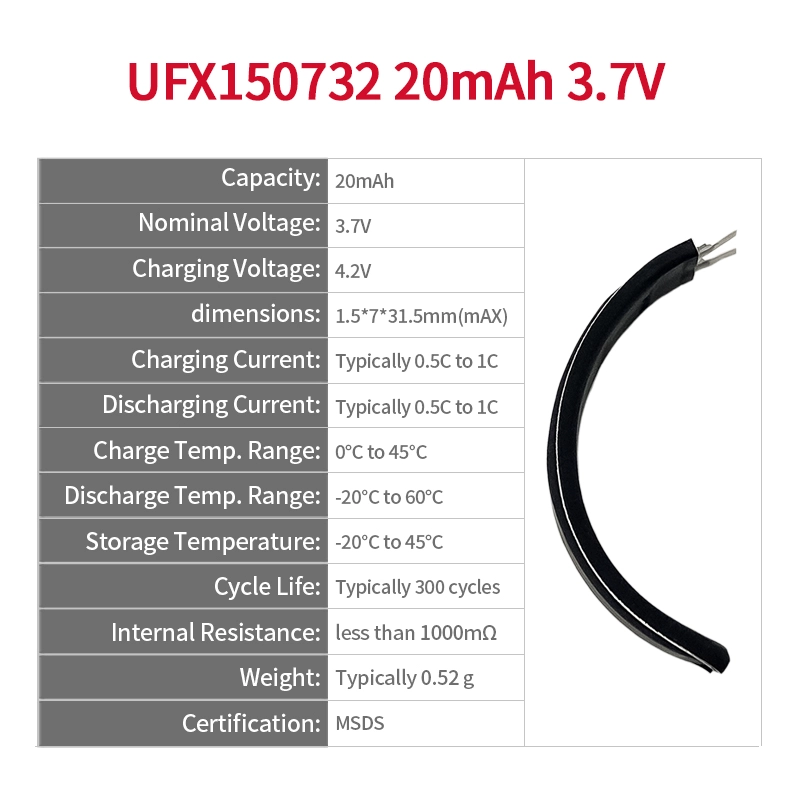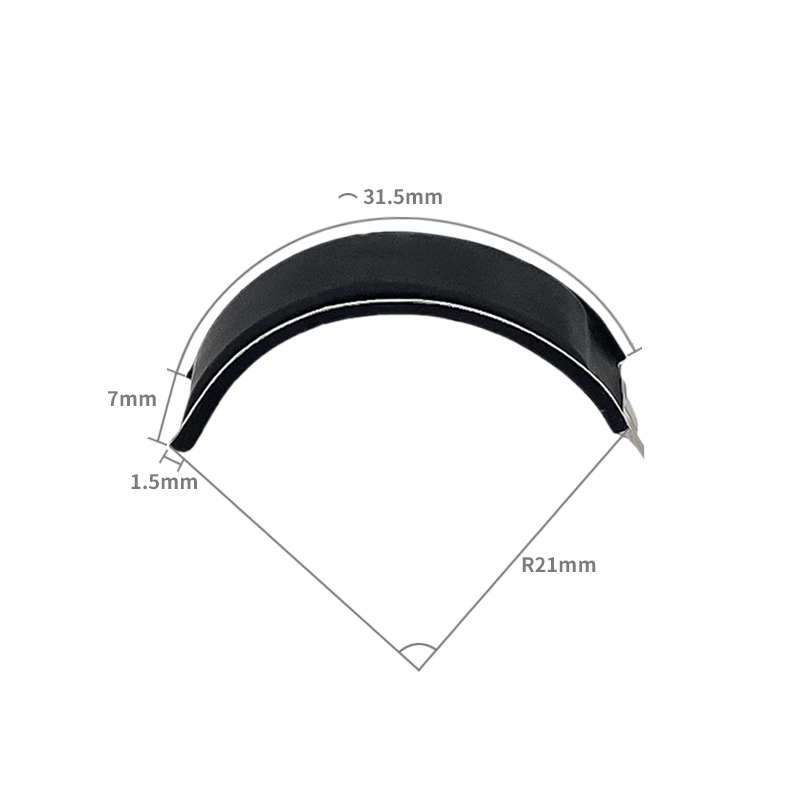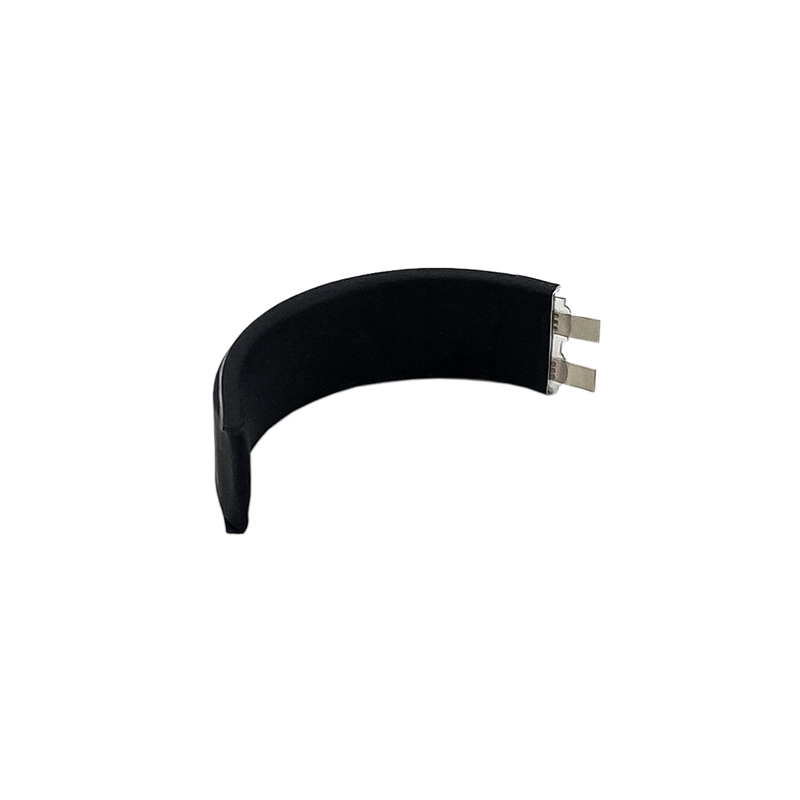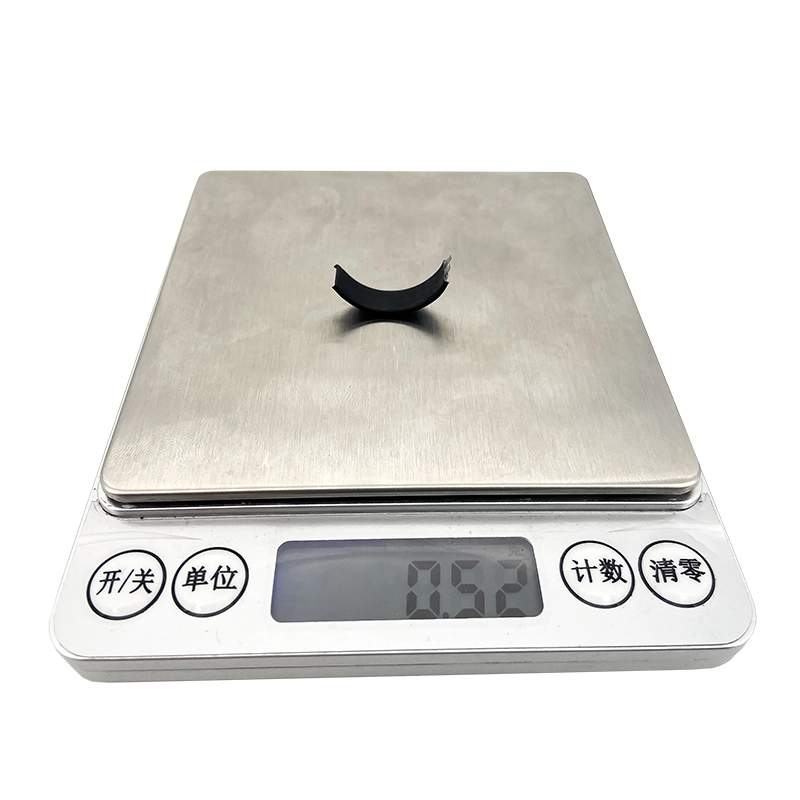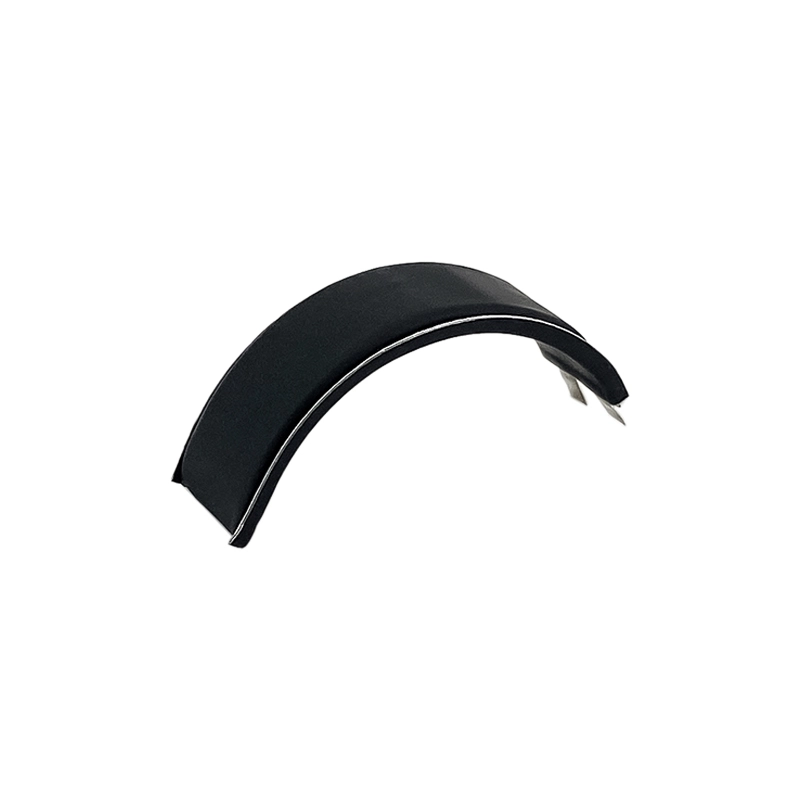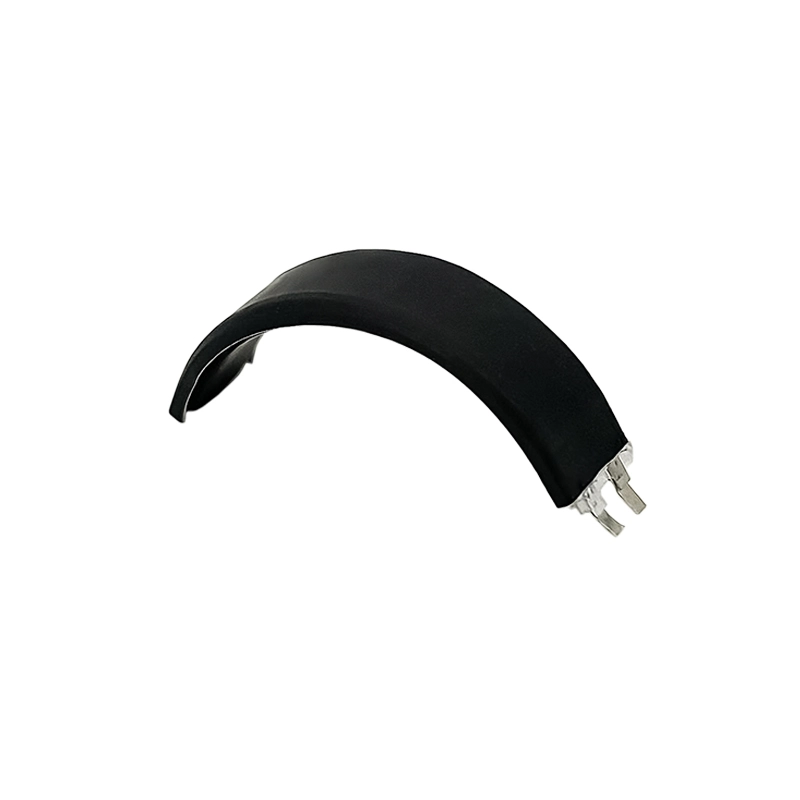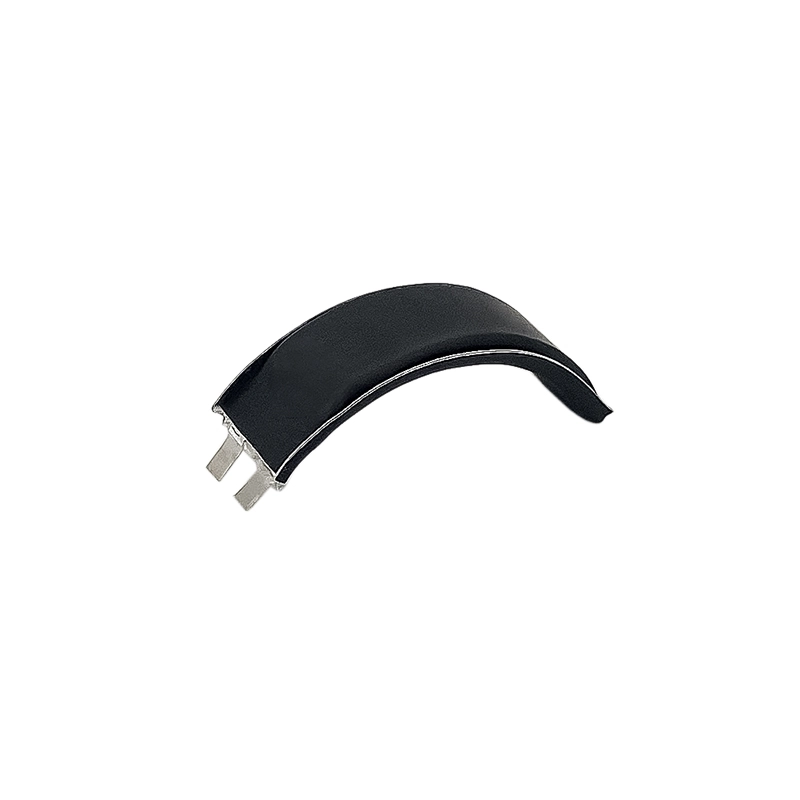-
Product Details
-
Specs
-
Capacity Fast Calculator
-
Application
-
Content
-
FAQs
-
Reviews

Product Details
Discharge Rate
Long Cycle Life
Ultra-Low Self-Discharge
Wide Temperature Range



Self-discharge is higher at 100% state of charge (SOC) compared to 70% SOC.

Ufine's custom low-temperature batteries can be used for -40°C to 55°C operation, catering to diverse outdoor scenarios.
Thorough Capacity Testing
Each Ultra-Thin Battery undergoes meticulous capacity testing before shipment, validating normal parameters encompassing voltage, current, charging, and discharging data for consistent performance.


Environmental Consciousness
Utilizes premium A-grade battery cells, ensuring leak-proof and environmentally friendly operations, aligning with sustainable practices.
Battery Specification
-
1. Mechanical Characteristics
Cell 150732 PCM No NTC No Weight appr. 0.52g Configuration 1S1P -
2. Electrical Specification
Capacity 20mAh Nominal Voltage 3.7V Energy 0.074Wh Internal Resistance less than 1000mΩ Max. Charge Voltage 4.2V Discharge Cut Off 2.75V Max. Charge Current 20mA Max. Discharge Current 20mA Standard Charge Current 10mA Standard Discharge Current 10mA Charging Temperature 0℃ to 45℃ Discharging Temperature -20℃ to 60℃ Storage Temp.Range 1 year at -20℃ to +30℃ 3 mos. at -20℃ to +45℃ 1 mo. at -20℃ to +60℃ Cycle life 100 cycles ≥92% 300 cycles ≥88% 500 cycles ≥80% -
3. Cell protection
Overcharge Detection No Overdischarge Detection No Overcurrent Detection No Short protection No
Lipo Battery Cell Capacity Fast Calculator
Please enter your battery information to calculate the battery capacity and energy.
The capacity calculated by this tool is only an approximate value. If you need an accurate assessment, please contact our professional engineers.
3.7 V 20mAh Curved Battery Application
Wearable Device
One of the primary applications of 3.7 V 20mAh curved polymer batteries is in wearable technology. Devices such as smart ring, smartwatches, fitness trackers, and health monitoring devices benefit greatly from the battery’s compact size and flexibility.
Smartwatches and Fitness Trackers: These devices require small, lightweight batteries that can fit into slim profiles while providing enough power to run various sensors and connectivity features.
Health Monitoring Devices: Continuous health monitoring devices, like heart rate monitors and glucose sensors, benefit from the reliable and long-lasting power of these batteries.
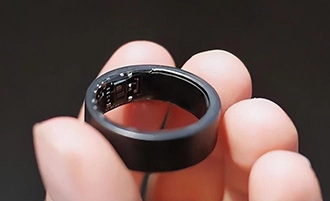
Medical Devices
The medical field increasingly relies on small, portable devices that can be worn or carried by patients. The 3.7 V 20mAh curved polymer battery is ideal for these applications due to its compact size and reliable performance.
Portable Medical Sensors: These include devices that monitor vital signs and other health metrics, which need to be lightweight and non-intrusive.
Hearing Aids: Compact and efficient power sources like curved polymer batteries are essential for the unobtrusive design of modern hearing aids.
Internet of Things (IoT)
The growth of the Internet of Things (IoT) has led to a surge in the number of small, interconnected devices that require efficient power solutions. The 3.7 V 20mAh curved polymer battery is suitable for many IoT applications due to its flexibility and capacity.
Wearable IoT Devices: These include smart clothing and accessories that integrate sensors and communication modules, requiring compact and flexible power sources.
Miniature Sensors: IoT applications often involve deploying numerous small sensors in various environments, where the curved polymer battery can provide reliable power in confined spaces.
Consumer Electronics
Beyond wearables and IoT, curved polymer batteries are also used in various compact consumer electronics where space is at a premium.
Wireless Earbuds: These require small, lightweight batteries that can fit into the earbud casing and provide enough power for extended use.
Miniature Remote Controls: Compact remotes for devices like drones or smart home systems benefit from the small size and reliable power of curved polymer batteries.
Understanding 3.7 V 20mAh Curved Polymer Battery
The development of advanced electronic devices has necessitated innovations in battery technology. Among these innovations is the 3.7 V 20mAh curved polymer battery, designed to meet the power needs of small, flexible, and portable devices.
Part 1. Key Features of 3.7 V 20mAh Curved Polymer Batteries
Voltage: 3.7 volts, providing sufficient power for many small electronic devices.
Capacity: 20mAh, suitable for low-power applications.
Curved Design: The flexible and curved structure allows it to fit into unconventional spaces, enhancing design possibilities for various devices.
Part 2. 3.7 V 20mAh Curved Polymer Battery Advantages
Flexibility: The curved design can conform to different shapes, making it ideal for wearable and compact devices.
Lightweight: The small capacity and size contribute to the battery’s lightweight nature, which is essential for portable electronics.
Safety: Polymer batteries are generally safer than traditional lithium-ion batteries, reducing the risk of leaks or explosions.
Part 3. 3.7 V 20mAh Curved Polymer Battery Application
Smart Rings and Bracelets
Fitness Trackers
Smart Clothing
Wearable Health Monitors
Hearing Aids
Smart Home Sensors
Wearable IoT Devices
Miniature Remote Controls
Part 4. Maintenance and Longevity
To extend battery life, adhere to recommended usage practices. Avoid complete discharges, which strain the battery, and opt for partial charges instead. Regularly update device firmware or software to ensure optimized battery performance. Keeping batteries at around 50% charge during long-term storage prevents degradation.
Part 5. Buying Guide and Recommendations
For reliable and customized solutions, consider sourcing your lithium-ion batteries from Ufine custom battery. Our commitment to quality assurance and tailored battery solutions ensures dependable performance for your specific needs.
FAQs
-
What are curved batteries?
Curved lithium batteries are custom-designed batteries that deviate from standard shapes like cylindrical or rectangular. They are tailored to fit specific device requirements, offering unique forms such as curved, triangular, or other complex geometries. -
What are the advantages of using curved batteries?
These batteries maximize space utilization in devices, allowing for more compact and efficient designs. They offer flexibility in product development, enabling innovative form factors in modern electronics and wearables. -
Which devices commonly use curved batteries?
Curved batteries are commonly used in wearable technology (e.g., smart rings, fitness trackers), medical devices (e.g., hearing aids, health monitors), and compact consumer electronics (e.g., wireless earbuds, smart glasses). -
Are curved batteries safe?
Yes, they are designed with safety in mind, incorporating features like overcharge, over-discharge, and short-circuit protection. Manufacturers follow strict safety standards to ensure their reliability and safety. -
Are curved batteries more expensive?
Due to the customization and specialized manufacturing processes involved, curved batteries can be more expensive than standard ones. However, the cost is justified by the benefits they provide in design flexibility and space optimization. -
Where can I purchase curved batteries?
These batteries are available from curved battery manufacturers and suppliers. Companies like Ufine Battery, a Chinese custom lithium battery manufacturer, offer a range of curved batteries tailored to various applications.
Reviews
High Energy Density
It stores large amounts of energy in a smaller and lighter package
Longer Cycle Life
Withstands extensive charge and discharge cycles
Low Self-Discharge
Maintains power longer when not in use
Safety
Minimizes the risk of accidents and ensures safe operation
Related Articles
About Lithium Battery Industry News

How to Choose the Best Floor Scrubber Battery for Commercial Cleaning?
Selecting the ideal floor scrubber battery ensures a long runtime, rapid charging, and minimal maintenance for efficient commercial cleaning operations.
2025-4-23 Ufine

Battery for Blower vs Battery for Leaf Vacuum: Which One Should You Choose?
Battery for blower vs leaf vacuum—learn the key differences in power, fit, and runtime to choose the right battery for your outdoor tool needs.
2025-4-23 Ufine

How to Choose the Right Battery for Blower?
Choosing the right blower battery? Consider voltage, capacity, chemistry & usage. This guide helps match the best battery for peak performance.
2025-4-22 Ufine
